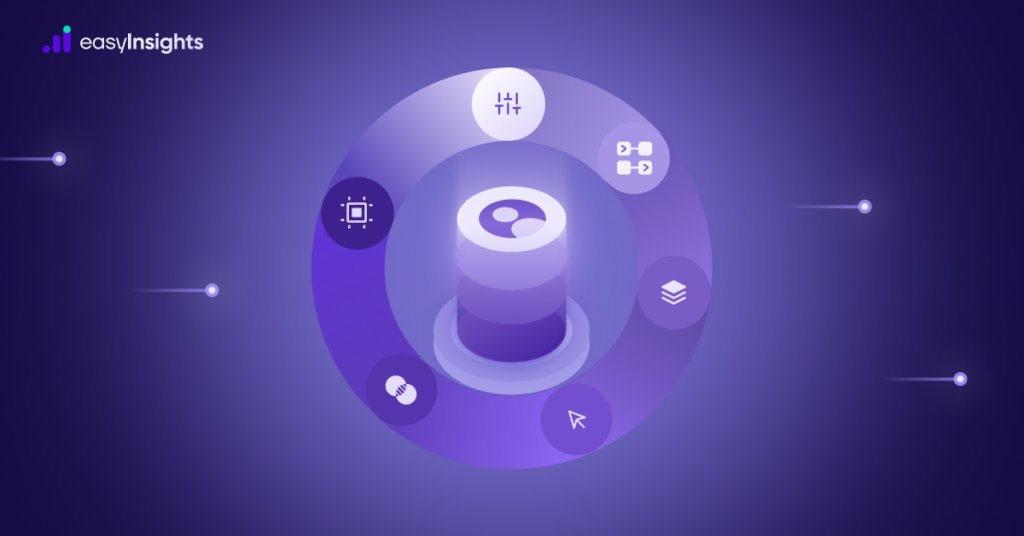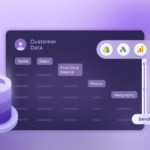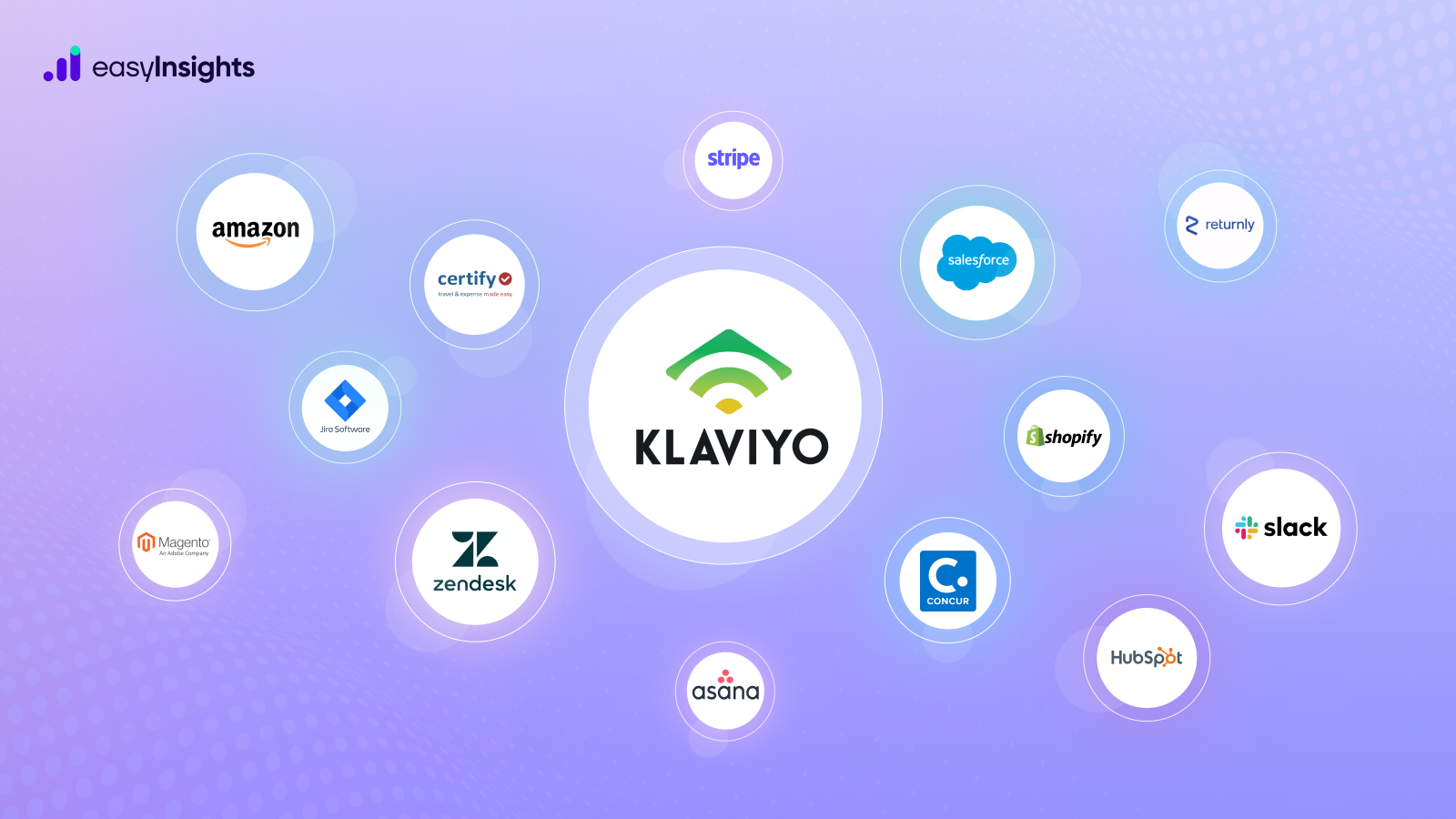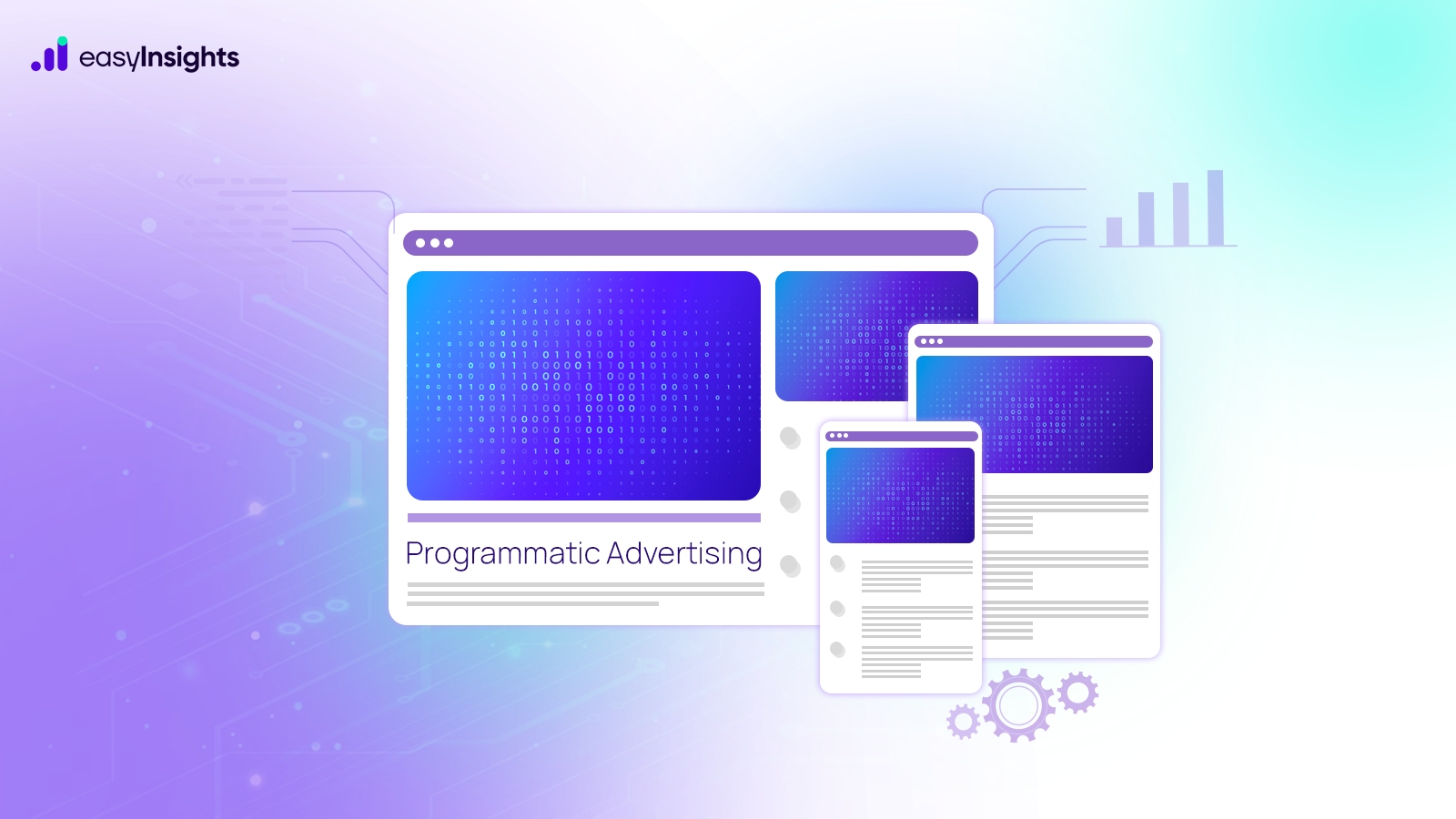
If you’re keeping abreast of data or marketing trends, you’re likely encountering a term more frequently: the “Composable Customer Data Platform.” or Composable CDPs. Whether it’s mentioned in the EasyInsights blog, in whitepapers from Snowflake and Databricks, or even on the pricing pages of established CDP companies, the term seems to have proliferated rapidly.
Its sudden ubiquity extends to describing almost any company remotely involved with customer data, prompting us to question: Is this just a trick to sell software? Or is there something genuinely useful about composability?
In this blog post, EasyInsights will define what a Composable CDP truly entails and delve into why this approach is gaining momentum.
Jump ahead to:
What are Composable CDPs?
The traditional CDP operates as a monolithic system responsible for gathering, storing, and synchronizing customer data within an organization. It functions independently from the organization’s broader data warehouse and exhibits tightly integrated components.
In contrast, a Composable CDP serves a similar purpose but adopts a fundamentally different architectural approach. Key principles guide its design:
- Integrates with your Data Infrastructure : The Composable CDP operates within your existing data infrastructure. It eliminates the need for a separate data repository by leveraging your organization’s existing data warehouse, as the underlying foundation for CDP functionalities.
- Schema Flexibility: Unlike conventional CRMs or CDPs that enforce specific data structures, the Composable CDP is schema-agnostic. It imposes no constraints on data format, allowing businesses to organize and utilize data according to their unique needs
- Modular and Interoperable Design: Recognizing the diverse data ecosystems within enterprises, the Composable CDP embraces modularity and interoperability. It integrates with existing data infrastructure components like event collection systems, ETL pipelines, and dashboards. This approach facilitates smooth adoption without requiring a complete overhaul of existing systems. Plus, it’s ready for future changes, thereby mitigating the risk of vendor lock-in.
- Unbundled Pricing Model: Unlike traditional CDPs that bundle features into fixed packages, the Composable CDP offers unbundled pricing. Businesses pay only for the specific capabilities they require, avoiding unnecessary expenditure — a cost-effective approach that aligns with evolving business needs.

How not to define Composable CDP?
The term “Packaged CDP” or “Traditional CDP” has proliferated in the market due to its association with data silos. People want to move away from it, with “Composable” emerging as the new standard alternative. When asking providers to categorize themselves, not many vendors want to be called Packaged anymore; instead, they use terms like Composable, Hybrid, Connected, and Warehouse-Native a lot.

Composability is now closely tied with integrating with data warehouses, but that’s not all it’s about.
EasyInsights emphasizes this perspective, noting that it’s easier for vendors to rebrand than to overhaul their software. But the real challenge is that Composable CDPs are actually a genuine innovation, deserving recognition amid the rebranding frenzy.
Additional Reading: Choosing the Right Data Activation Platform for your Business
Why is the time ripe for Composable CDPs?
The architects of people who designed traditional CDPs weren’t dumb; they were simply designing for a different era. Traditional CDPs came about when companies were struggling with the complexities of data collection from websites and mobile apps. Back then, traditional CDPs had to deal with a lot of problems simultaneously, so they ended up being large, rigid, and time-consuming solutions.
Even though some try to downplay it, traditional CDPs basically function as data silos. Fast forward to 2023, and the landscape has shifted. Cloud data warehouses have emerged as the central hub for most companies’ data operations. Data teams are already leveraging warehouses to tackle issues like identity resolution and predictive modeling. While sales and marketing teams may not always recognize it, they too rely on warehouses for tasks such as tracking conversions, extracting customer segments, and creating dashboards using tools like Looker and Tableau.
While warehouses might not be perfect, they usually have the most complete set of data for growing companies. Composable CDPs recognize this and builds on it for marketing teams. Since your data team has already done a lot of work setting up the data warehouse, it wouldn’t make sense to ignore all that and start from scratch.

Why do Businesses Opt for Composable CDPs?
After speaking with multiple clients, EasyInsights brings to you why our clients opt for a Composable CDP.
Composable CDPs Excel at Data Activation
In today’s business world, when companies talk about “customer data,” they mean a lot more than user-level attributes like names and emails. Depending on the industry, they’re thinking about things like pets, deliveries, movie tickets, vacations, and more. Composable CDPs understand the interconnections between these diverse entities. But traditional CDPs, even though they’ve been around for a while, only focus on rigid, predefined concepts like users and events.
Let’s say you’re an auto insurance provider aiming to curate an audience of customers who bought cars after 2015 and need to renew their policies within the next 3 months. The problem is, regular CDPs don’t understand things like cars or insurance policies. So, you end up using workarounds like leveraging user-level properties such as last_vehicle_purchase_at and next_renewal_at. At first, this approach might work okay. But it gets messy when customers have multiple cars, families sharing policies, and more. It’s frustrating and inefficient.
But with a Composable CDP, customers often find that things they thought were impossible before suddenly become possible. They conduct more experiments, define finer-grained segments and audiences, thereby running more personalized campaigns. This isn’t just because our software is good (even though it is), but also because Composable CDPs work with your existing data warehouse, harnessing CDP functionalities in alignment with your natural data structuring.

They Expedite Results
Composable CDPs are quick to set up because of their modular nature and seamless integration with existing data and infrastructure. Composable CDPs enable swift deployment. Based on what our customers like about EasyInsights, about 90% of them start using it right away, on the same day they sign up. This is much faster than traditional CDPs, which can take months to set up because they often need a whole new data system built from scratch. This not only takes a lot of time but also costs a lot of money and has a high chance of not working well. Composable CDPs, on the other hand, are lightweight and adaptable, facilitating successful and cost-effective deployment.
They are Affordable
Traditional CDPs can be very expensive for two main reasons. First, they need their own separate data infrastructures alongside existing internal data warehouses. This means you end up paying for the same data storage and processing twice. Second, traditional CDPs offer bundled solutions, compelling customers to invest in multiple functionalities, even if they require only a fraction of them . But with Composable CDPs, things are different. Many customers who switched to a composable approach found that they could save a lot of money on their CDP expenses—sometimes by as much as 40% to 50% or even more.
Composable CDPs Reduce Dependence on Vendors
Composable CDPs let users keep control of their data by using the data warehouses they already have. This means you don’t have to rely on extra vendors. You can easily switch out different parts of the CDP if you need to in the future. In contrast, the monolithic nature of traditional CDPs complicates both implementation and migration. It hinders vendor flexibility and makes it tough to change things later on.
Composable CDPs Keep Data Secure
The architecture of Composable CDPs eliminates the need for data replication, which helps reduce the risk of security problems. Unlike traditional CDPs, which struggle meeting strict rules like HIPAA or data residency, Composable CDPs make it easier to follow these rules by keeping data safe in the user’s warehouse. This is especially important in industries like healthcare and finance, where stringent privacy and regulatory requirements prevail.
In Conclusion
Composable CDPs are the best way to handle customer data effectively. As legacy players embrace this trend, it’s important to look beyond the fancy marketing and see if the CDP you’re thinking about integrating is truly Composable – and why that matters for your organization.
If you’re thinking about using a Composable CDP for your organization, we’d love to talk to you about how you can reach your goals best. You can schedule a demo with us whenever it works for you!








